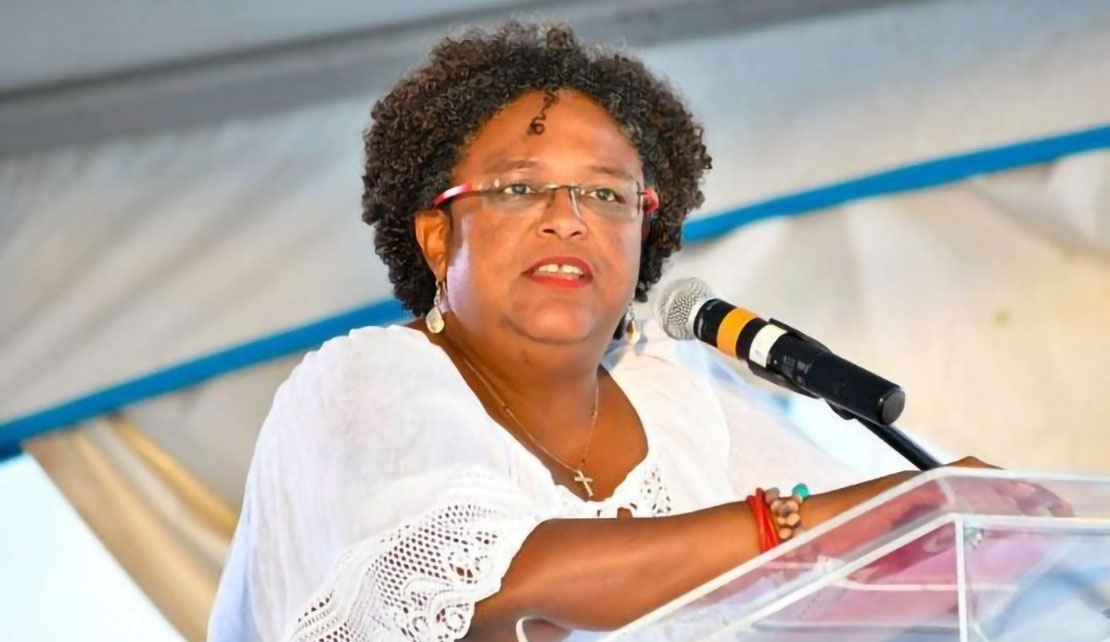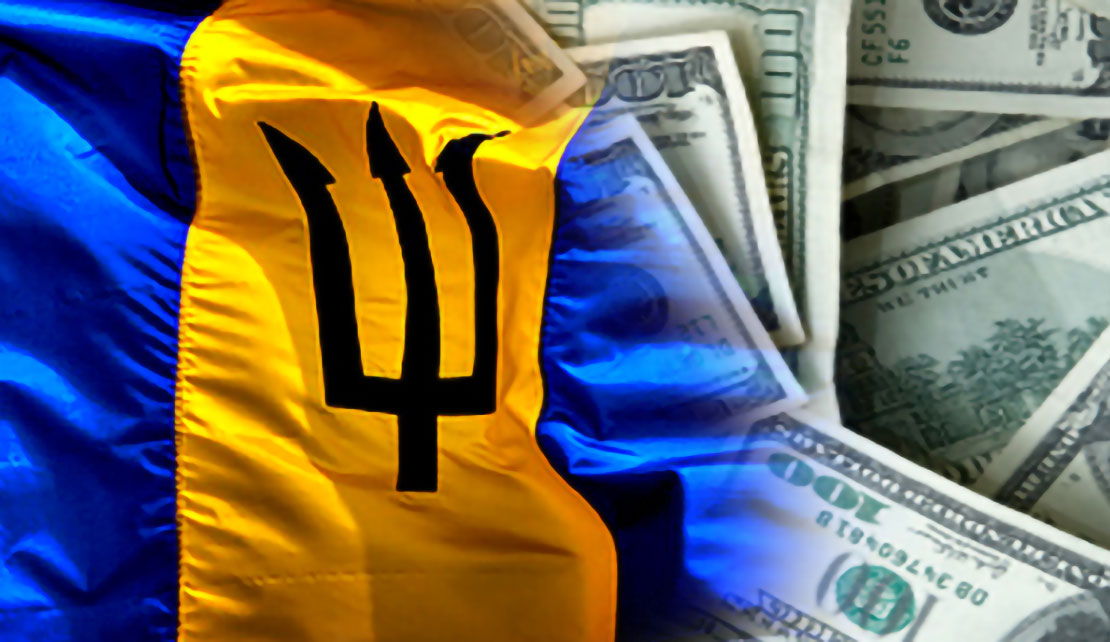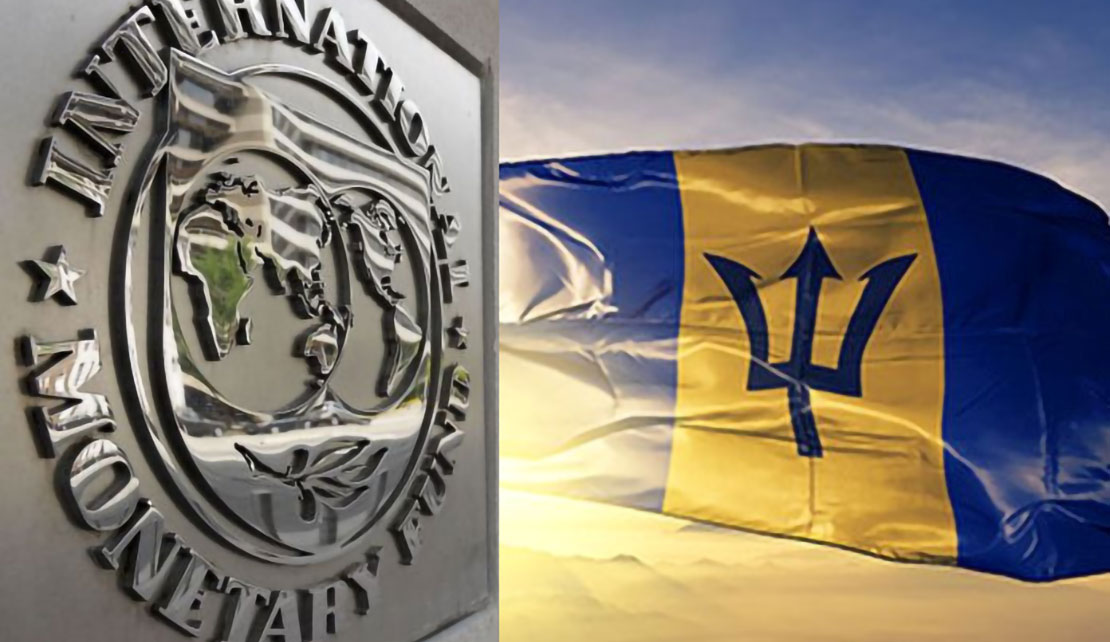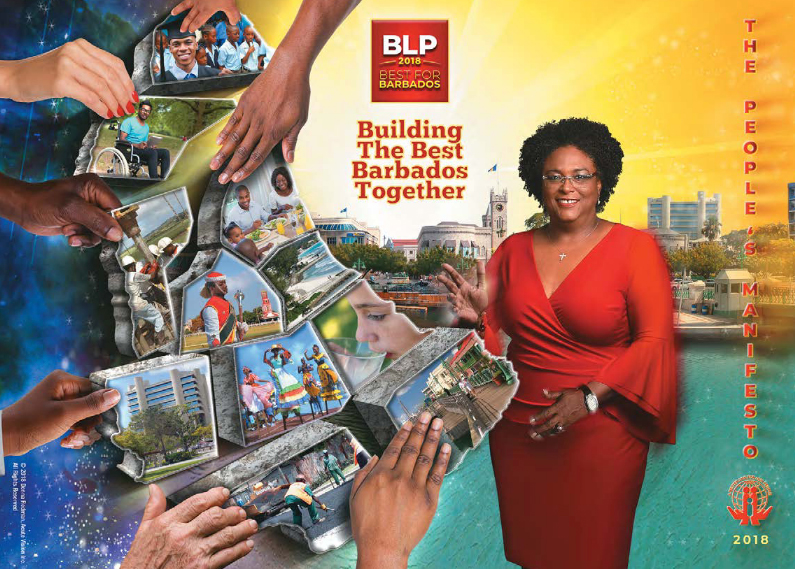BARBADOS | Underground's Economic Review: Mottley’s Policy Performance

BRIDGETOWN Barbados, January 3, 2021 - As the political parties get ready to launch their campaigns consequent upon the calling of general elections on January 19, 2022 by Prime Minister Mia Mottley, political pundits are busy pontificating whether Mottley will win or lose.

"One expects a key issue of the campaign will be economic plans to move Barbados forward and the Mottley led government will be asked to defend its management of the economy since 2018 notwithstanding it must have been a difficult undertaking based on what the state of the economy was and then the pandemic," David said in what can be considered a fairly balanced article, the full text of which is published below:
To judge them fairly, one would have to first look at the state of the nation upon the administration assuming office in May of 2018. In 2018 the administration faced a debt to GDP ratio of 158.26% or 174% if you include arrears. These arrears were simply $1.9 billion the government refused to pay to ordinary Barbadians and businesses as opposed to money borrowed.

That is a staggering increase in the Debt to GDP ratio of any nation in just 10.5 years. For further context, when the Owen Arthur Administration took office in 1994, the country’s debt to GDP ratio was 55.93% an increase of 27 percentage points in 14 years in which Barbados; Rebuilt a Highway, Built a Cricket Stadium, built two new Secondary Schools, rebuilt a prison. refurbished an Airport and placed technological equipment in all schools through Edutech and built new Tenantry roads through the Urban and Rural Development Commision.
The Mottley Administration also assumed office with less than $400 million in Foreign reserves with a foreign debt payment due in just over a month, very low to no economic growth for a decade, an economy headed back into recession despite the global economy growing at 3 percent at the time according to the UN Barbados was the third most indebted country in the world after Greece which is backed by the European Union, and Japan which has the second highest amount of Foreign Reserves in the world after China. The question then becomes, Why did the Thompson/Stuart administration struggle so much to manage the country’s fiscal and economic affairs?
Fiscal Management
 To find answers we cannot speculate but we will need to take a look at the Government’s accounts aka “The revised estimates” you can find here: Estimates and the Central Bank of Barbados data on Government operations. In order to be fair to the previous administration we can only examine the Fiscal Balance on the Current Accounts since this does not include repayment of interest on loans from the Arthur or Sandiford Administrations.
To find answers we cannot speculate but we will need to take a look at the Government’s accounts aka “The revised estimates” you can find here: Estimates and the Central Bank of Barbados data on Government operations. In order to be fair to the previous administration we can only examine the Fiscal Balance on the Current Accounts since this does not include repayment of interest on loans from the Arthur or Sandiford Administrations.
The examination of this data does not paint a pretty picture. Since Grantley Adams Administration in 1952 Barbados had only recorded a fiscal deficit of it’s current accounts five times with four of three occasions being so small it hardly registered twice under Barrow, once under Tom Adams and Twice under Sandiford, with the largest being in the fiscal year 1988/89 of $20 million. The reasons behind this rule are two fold:
Running a fiscal surplus or balanced budget on the current account takes pressure off the Central Bank to print money to finance it . which in turn secures the fixed exchange rate since money printing depletes the foreign reserves.
Secondly, It creates fiscal space by allowing the government to borrow for purposes which are desirable like to build roads. schools improve public transport and water resources.
Then in 2008 something happened, Barbados departed from an “unwritten fiscal rule” which we had followed for decades, we went terribly off track as the data shows in 2008/2009 we spent 189.4 million more than was received in revenue 2009/2010 486, millions more than tax revenue, in 2010/210 $638 million, 2010/2011 $266.2 million, 2011/2012 $614.3 million 2013/2014 was the worst year in which we spent $786.7 million more than was collected in taxes.
 Every year until 2018 Barbados borrowed to pay wages and salaries and to keep the “lights on” so to speak. This was not to invest in infrastructure or digitizatization or upskilling for the future but spending in the current period. In the financial year, 2010/2011 (page 27) Capital Expenditure actually fell by 41.2% and it never recovered throughout the life of the administration. This means that the administration which ran the largest deficits in the history of the country all invested the least in its future.
Every year until 2018 Barbados borrowed to pay wages and salaries and to keep the “lights on” so to speak. This was not to invest in infrastructure or digitizatization or upskilling for the future but spending in the current period. In the financial year, 2010/2011 (page 27) Capital Expenditure actually fell by 41.2% and it never recovered throughout the life of the administration. This means that the administration which ran the largest deficits in the history of the country all invested the least in its future.
The administration also reduced investments in human Capital in the form of higher education, by 2012, our government had racked up arrers to UWI to the tune of $150 million and by 2013 Government officially announced tuition fees for Barbadian students after not paying the University for some time. This wasn’t during a pandemic, global flights were not halted and we had not been hit by a major hurricane (thankfully).
To be fair, there was a global financial crisis between 2008 and 2010, however the previous administration did not have a revenue problem. The 2008 budget which Thompson delivered ensured that tax revenue remained at 2008 levels despite the Canadian’s signing a tax treaty with Cayman which reduced our International business taxes. In fact by 2009 the Government raked in 2.6 billion dollars in taxes, surpassing 2007 levels.
However, the country had a spending problem, driven by a category called transfers and subsidies, mostly going to State owned Enterprises. We were adding obscene amounts to the national debt not to build roads. bridges, schools, clinics. hospitals and to digitize and modernize the economy but to throw into a dark hole called SOE’s.
What happened as the years went on was those deficits lead to short term borrowing, which lead to credit rating downgrades which lead to higher interest costs. This spiral ensured that the country could not buy a single bus, leading to stories like this, or garbage trucks or upgrading sewage plants or fix crumbling school infrastructure or supplying water to parts of the island where people were suffering from dry taps. We simply had no fiscal space.
When the deteriorating credit rating scared off Institutional investors. We resorted to borrowing from the Central Bank (printing money),this money printing led to the Foreign Reserves plummeting even after we managed to borrow, at very high interest rates (10-13%) from Credit Suisse at.
Fiscal Space and Restoring Credibility

After 3.5 years what has been their Record? A week after assuming office the Government announced that Barbados would be suspending Debt payments and entering talks with creditors and the IMF in order to stop the slide in the Foreign Reserves and get Fiscal Space. This debt restructuring exercise was wrapped up in 2019 details: here.
Just over a week later, the Minister of Finance went to parliament to deliver the so-called “min-budget” which was just a set of adjustments to the Estimates presented by the previous administration in March. Measures in these adjustments were meant to close the still large fiscal deficit which the island struggled with by going to the root of the problem, Transfers and subsidies to SOEs.
Government proposed taking a number of SOEs off of the Consolidated fund and forcing them to fund their operations using their own revenue streams. Some Measures included: Airline travel and Development tax for tourists coming from outside Caricom to go directly to BTMI while taking BTMI off the Consolidated fund (partly privatizing it) Product Development levy on Tourism services to create more revenue stream for BTMI.
Moving the SSA and the Water Authority off the Consolidated fund though the Garbage and Sewage Contribution. A PPP to let a concessionair run Harrison’s Cave so the Government can take it off the Consolidated fund, the entity which was later chosen was Chukka Caribbean. The Purchase of new garbage trucks and buses. The resumption of payment of tuition for students at UWI The increase in non-contributory pensions from $155 to $225.
What were the results of these adjustments?
To be clear, a number of these measures were tough, but they had a simple theme, to stop taking money from the consolidated fund and throwing into dark holes called State owned Enterprises like SSA, BWA, Harrison Cave, BTMI and BTPMI and Transport Board, The type of Spending which choked the country for a decade. By March 2019 Barbados was recording a small fiscal surplus on the current account of $167.2 million.
During that same period the administration sought to address the infrastructural decay of the country with Temporary fix to the south Coast Sewage problems: New Garbage trucks arrived by January 2019 and more would arrive by December 2019: The purchase of new buses which arrive by mid-2020.
Reinvesting in primary and Secondary Education through repairs to schools like St Giles primary, or St George Secondary Establishment of the Education Reform Unit and the the upgrade the electrical wiring across all schools and fence to fence wifi connectivity.

Arrival of Covid
Just as the country recorded a fiscal surplus current account surplus of 6%, the largest surplus in the Country recorded in decades. The pandemic struck. Note: In part 2 I will examine the Administration’s response to the pandemic and what I believe are the strengths and weaknesses going forward.

 En
En  Ar
Ar